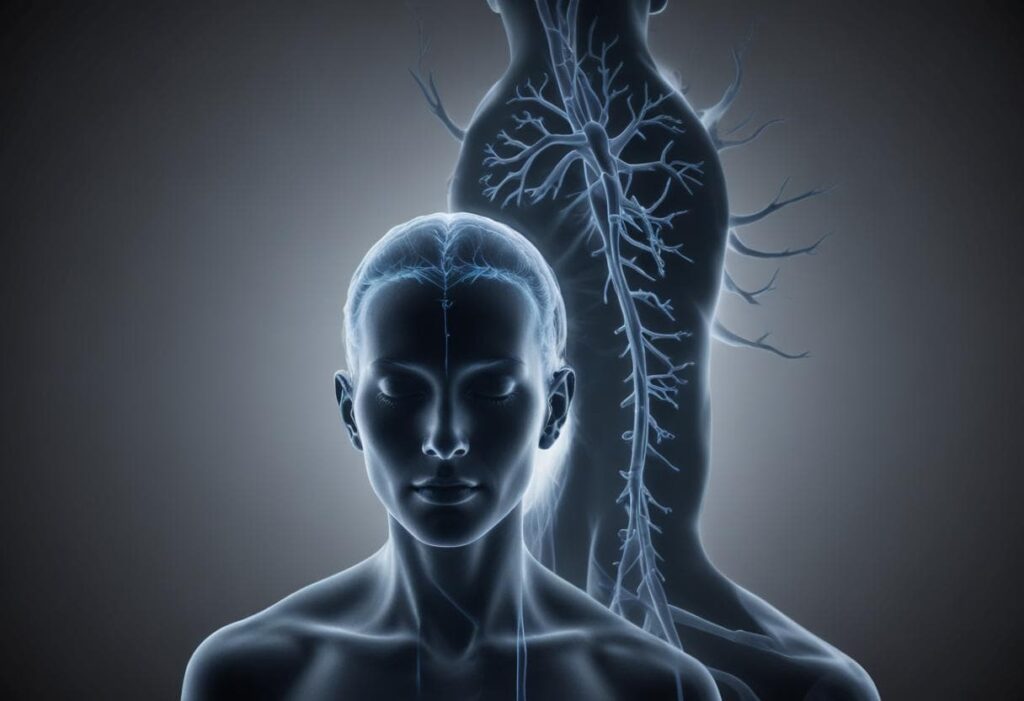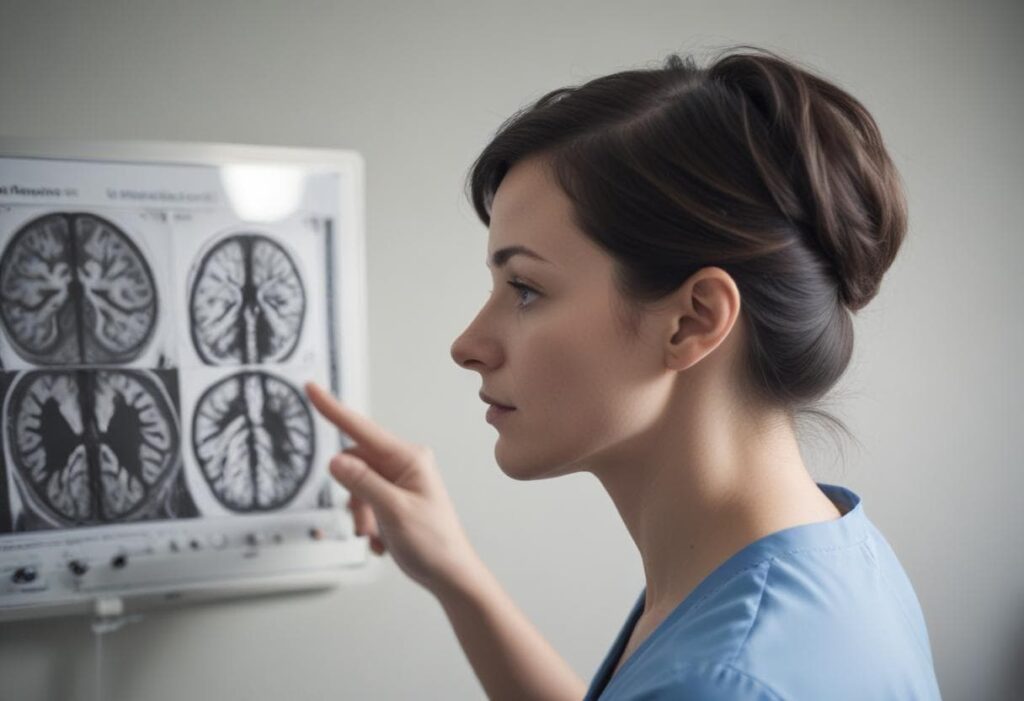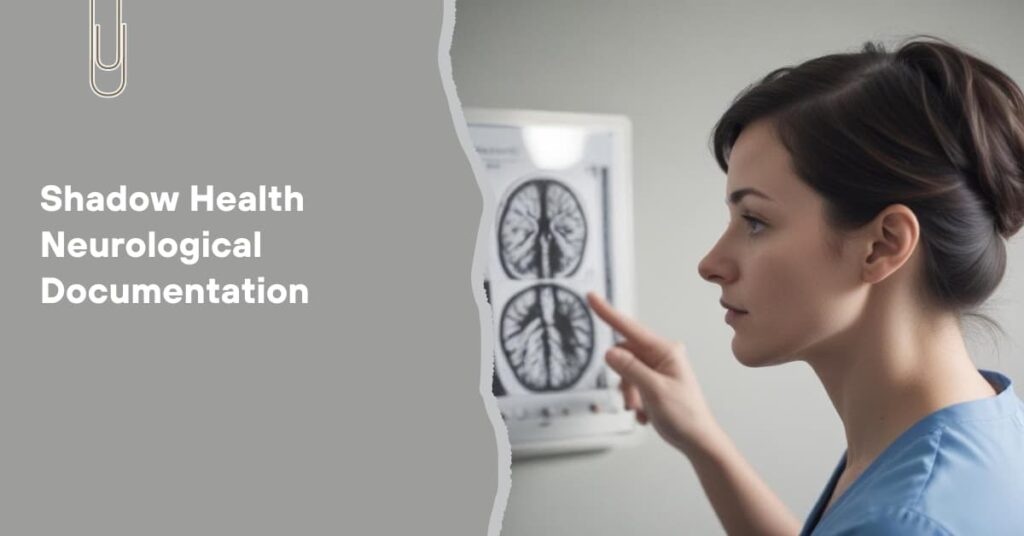Healthcare’s documentation of the neurological system plays a role in the field of medicine. Therefore, doctors require valid records that can guide in diagnosing, monitoring and management of neurological disorders. So Shadow Health offers a platform where healthcare students and professionals recreate their documentation skills. Thus on this basis that this article discusses how to use Shadow Health for neurological documentation whereas discussing best practices for timely reporting.
Neurological Documentation: What Is It?
Table of Contents
ToggleDocumentation of neurological examination is a planned method of mentioning the patients’ neurological health. They are as follows:
- Mental Situation: It includes reporting the patient’s level of focus, regard (time, place and person) and ability to think.
- Motor Purpose: Documenting the tone of muscles, communication and hyperkinetic movements
- Sensory Function : It includes analysis of reactions to sensory stimuli such as touch, temperature and pain.
- Cranial Nervous system : determining twelve cranial nerves along with their roles in sensory and motor functions.
- The reflexes: An observation of reflex actions with notes
Advantages of Shadow Health Use

- Real Circumstances:Monitoring patients with different neurological diseases, such as Parkinson’s disease, epilepsy, and a stroke between other people.
- Instant Response: You will get instant feedback on how you document how you have been instructed in class which will allow you to improve in your academic performance.
- Standard Examinations:Practice with standardised inspections while the practice of using standardised inspection tools and ways to ensure consistent documentation.
Neurological Documentation in Shadow Health Components
- The very first stage is the patient’s history in which you look at what they’re as well as any previous existing neurological issues.
- Determine and record the patient’s thinking, orientation, ability to remember and think during their mental status test.
- Methodically analyse each of the cranial nerves with the objective to note all signs of abnormality.
- Include writing down the results related to muscle strength, tremors or weakness of muscles for balance.
- Record your reactions to different sensory stimuli, taking note of any issues or abnormal behaviours.
- Writing down details about reflex responses along with any changes from routine
Tips for Accurate Neurological Documentation

How to make sure that your neurological documentation is complete and accurate
- Use Particular Words: Do not use general terms, but describe results and symptoms specifically.
- Structured Format: Attach to a set format to guarantee consistency and accuracy.
- Let It Be Objective: Make sure that your documents are not based on your own opinions, but instead on events that can be observed.
- Always check it over once again: constantly go through your documentation for accuracy and reliability before the final document.
Bottom line
Shadow Health is one of the best resources available to health care researchers and professionals who are seeking to develop their expertise on neurology documentation. It helps healthcare providers to document patient conditions correctly, which is critical in identifying, monitoring and treating neurological disorders.
Through Shadow Health you can work with real patients’ situations, have quick feedback and be able to follow standard methods; so your documentation will be complete as well as standardized.

Your involvement with Shadow Health makes you a better recorder of patients’ information. This skill is important for good patient care and proper communication within hospitals. By developing the tips and following the best practices discussed here, you may greatly enhance your documentation skills which will lead into improved patient outcomes and effective delivery of health care services.
FAQs
There are actually seven components of a neurological exam such as mental state, motor system and balance, sensory system, reflexes in babies or adults, cranial nerves and coordination. Each component acts a different purpose in the evaluation of the patient’s neurological health.
Other symptoms that may occur in patients with neurological disorders are as follows: headaches and migraines feeling faint, numbness & tingling sensations, muscle weakness, difficulty seeing and speech & difficulties with coordination. These symptoms are identified for identifying neurological disorders.
Asthma is mainly managed through inhalers. In extreme situations, supplementary treatments, such as capsules or shots, may have to be administered. A distinct plan for dealing with asthma will then be developed in consultation with your doctor or asthma nurse which will help you manage symptoms and adjust medication as the need arises.


